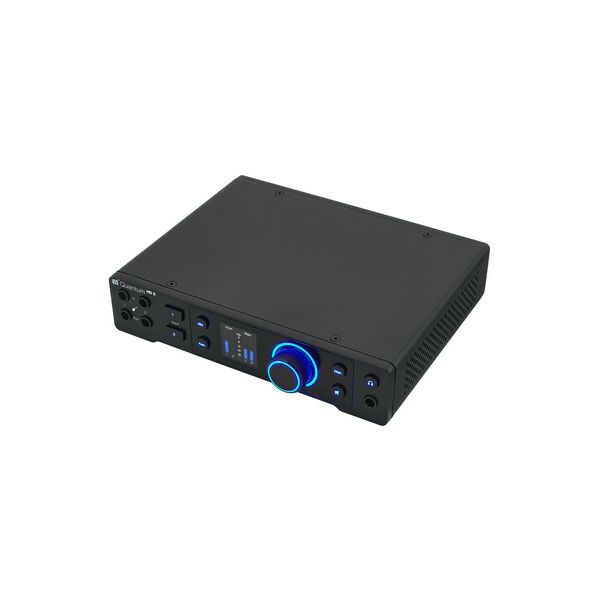
Mit Liebe serviert!
Mit unseren Cookies möchten wir Ihnen ein fluffiges Einkaufserlebnis mit allem was dazugehört bieten. Dazu zählen zum Beispiel passende Angebote, personalisierte Anzeigen und das Merken von Einstellungen. Wenn das für Sie okay ist, stimmen Sie der Nutzung von Cookies für Präferenzen, Statistiken und Marketing einfach durch einen Klick auf „Geht klar“ zu (alle anzeigen).
Sie können Ihre erteilte Zustimmung jederzeit über die Cookie-Einstellungen (hier) widerrufen.
Sie können Ihre erteilte Zustimmung jederzeit über die Cookie-Einstellungen (hier) widerrufen.



)
)
)
